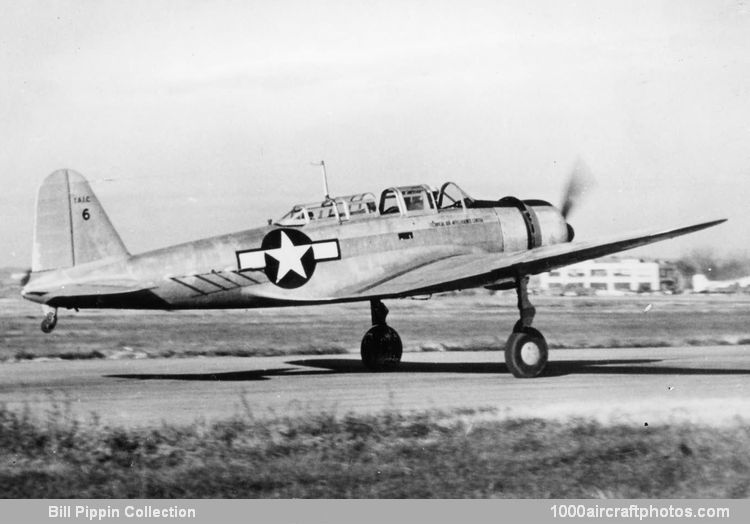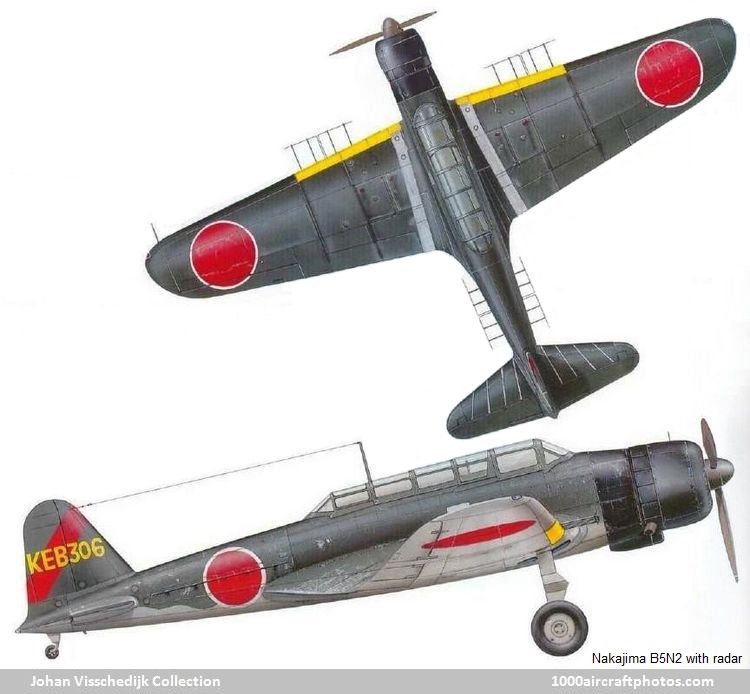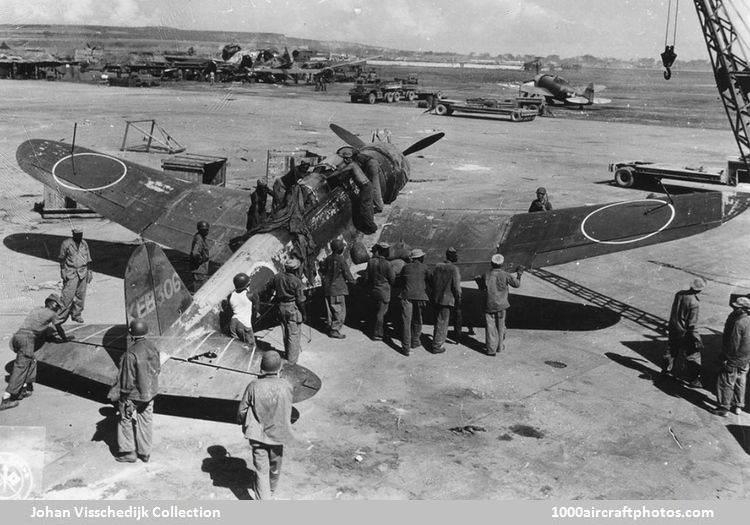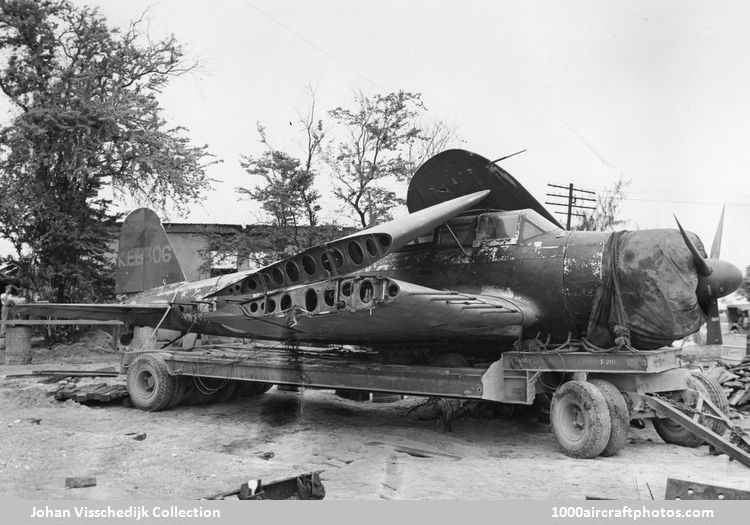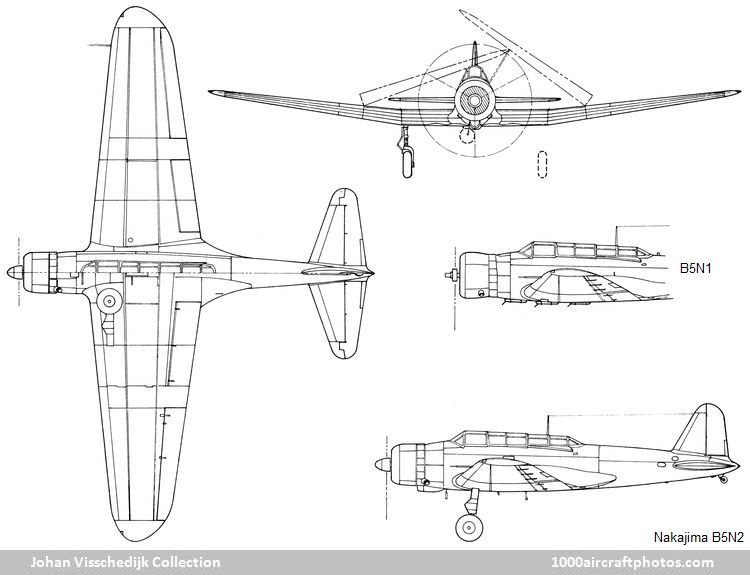03/31/2013. Remarks by Johan Visschedijk: "Designed to a 1935 requirement, and already in service for four years when Japan entered the war, the Nakajima B5N was in 1941 without question the best carrier-borne torpedo-bomber in the world. Powered by a Nakajima Hikan radial engine, the low-wing three-crew monoplane with inwards-retracting wide-track landing gear was exceptionally clean, and first flew in January 1937. The following year production B5N1 aircraft were embarking in Japan's carriers and shore-based units were deployed in China.
In 1939 the improved B5N2 appeared with a more powerful Sakae 11 engine in a smaller cowling, although armament and bomb-load were unchanged, and this version remained in production until 1943. When Japan attacked the USA the B5N2 had wholly replaced the B5N1 with operational units, and 144 B5N2s were involved in the fateful attack on Pearl Harbor; within the next 12 months aircraft of this type sank the American carriers USS Hornet, Lexington and Yorktown.
Given the reporting name "Kate" by the Allies, the B5N certainly earned the respect of the Americans, and in all the major carrier battles of the Pacific War attracted the undivided attention of defending fighters. With its puny defensive armament of a single machine gun and laden with a large bomb or torpedo, however, the B5N began to suffer very heavily, and although the type was fully committed during the Solomons campaign the survivors were withdrawn from combat after the Philippine battles of 1944. Thereafter, on account of their excellent range, they were assigned to antisubmarine and maritime reconnaissance duties in areas beyond the range of Allied fighters. Production of all B5Ns reached 1,149."
